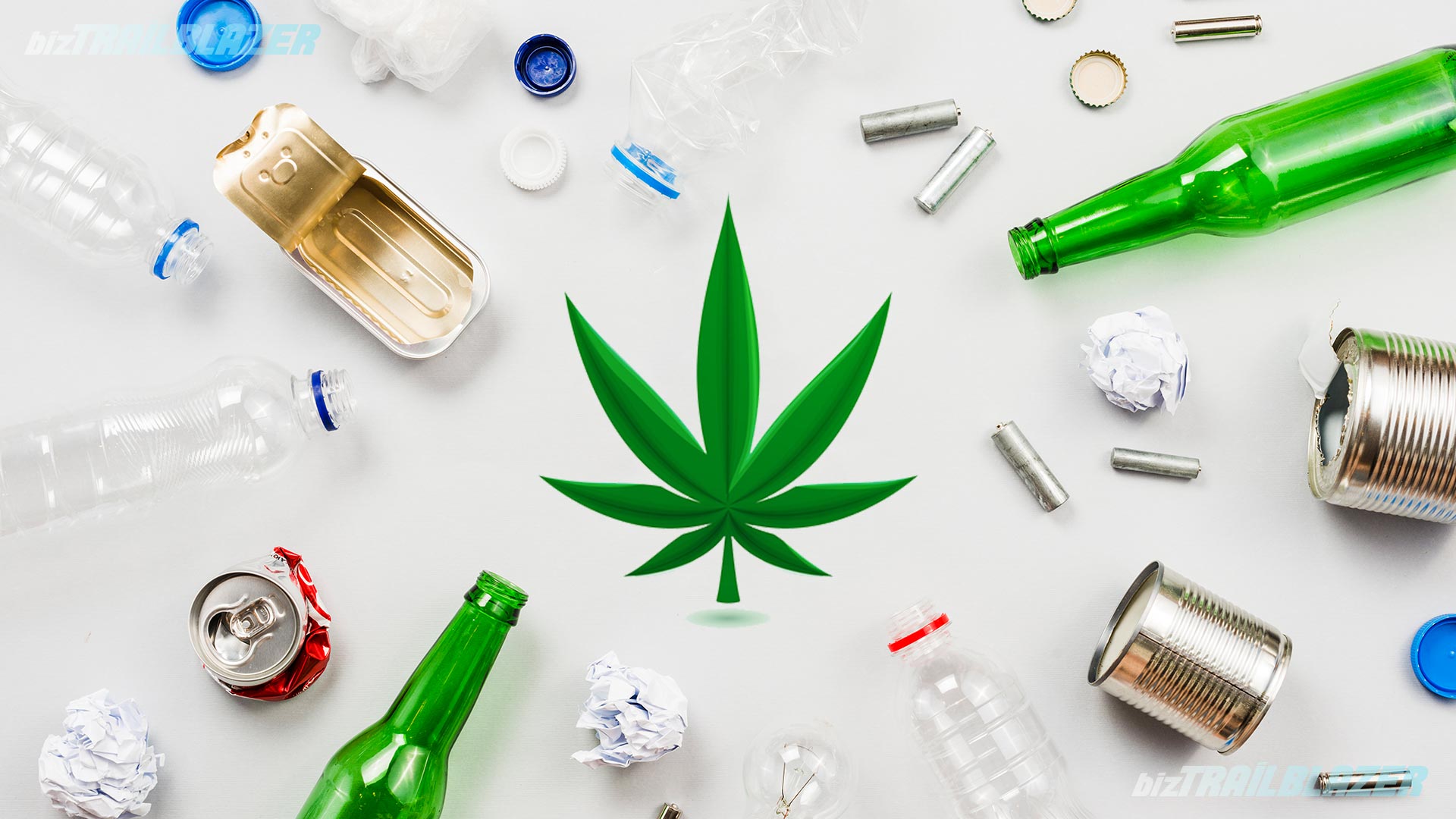Since the invention of plastics, the entire human race has opted for a non-sustainable pattern of development. As a result, now we are facing all kinds of repercussions, including global warming, loss of biodiversity, environmental pollution, rise in sea waters, etc.
According to Greenpeace, the human race’s over-reliance on single-use plastic has made it one of the biggest environmental pollutants. We, humans, are currently dumping 200kgs of plastic every second in the seawater, which is eventually causing deaths and grave injuries to sea birds, fishes, and marine mammals.
With the rise in global pollution, many of the organizations have started to address the need of lowering this ecological threat by discovering more alternatives that are sustainable.
Although a more sustainable Hemp plastic is here for quite some time, and just like any other hemp products, it hasn’t been able to come into the spotlight.
During its initial days, plastics were used to be produced from cellulose fibers from any organic non-petroleum based source. Whereas hemp is known to contain as much as 65-70 percent of cellulose, which is often considered as a good source, due to its high sustainability and low environmental impact. Cellulose extracted from hemp can be used to make rayon, cellophane, celluloid, and other products.

However, a 100 percent hemp-based plastic is still a rarity nowadays. On the other hand, ‘composite bio-plastics’, which is a kind of plastic made from a combination of hemp and other plant resources are in use. Thanks to their higher rigidity and strength, these plastics are being used while constructing cars, boats, musical instruments, etc.
Can Bio-Plastics Solve all the Problems
Currently, many of the plastic products are being built from polyethylene terephthalate and polymer resins. While environmentalists are advocating for 100 percent hemp-based plastics, the technology is not yet ready for such a large-scale production. Giants like Coca-Cola have already experimented with 100 percent plant-based bottles. However, commercially available products are still made of 30 percent plant-based materials, while the rest of the product is made from fossil fuel sources like polyethylene terephthalate and polymer resins.
On the other hand, plastics that are intentionally designed to be biodegradable can still pollute our planet earth. Nothing degrades biologically in a landfill, this hemp-based micro-plastics could still pollute the seas and damage marine life, if introduced to seawater. So, these plastics also need to be sent to any commercial facility in order to have proper and efficient disposal, and as of now, these facilities are low in numbers, which takes us back to square one. And all I can say while making alternatives to plastics, we’ll have to create a more responsible attitude towards our environment and we need to invest more in infrastructure to keep our oceans clean.
Agricultural Imbalance
Researchers believe the hemp plastic industry might result in a shift of agricultural cultivation from the production of crops to the provision of raw material for these bio-plastics. This in return increases the skepticism related to food shortage. As most of the time food shortages are caused by poor distribution, poor handling, and economic mismanagement.
When War on Drugs Became a Barrier
Most of the time, fossil fuel costs are kept low by providing a massive number of subsidies. On the other hand, hemp-based products are still being considered as luxury items and their cost difference is huge. Hemp was legalized in the U.S. back in 2018, but years of the ban have led to a lack of infrastructure. Although hemp needs much fewer pesticides and has a much smaller environmental footprint than any other crops, growing and harvesting it remains the most labor-intensive job.
However, one fine day the price of hemp-based products and plastics will eventually come down, and with more and more cultivation of hemp, the technology will also improve. Currently, most of the hemp produced in the U.S. is used to extract CBD, but due to more experimentation by the farmers, many other varieties can also be harvested for better and more fiber content.















![Top 15 Best Chrome Extensions [in 2023] 14 BizTrailBlazer-Blog-Top-15-Best-Chrome-Extensions-in-2021](https://www.biztrailblazer.com/wp-content/uploads/2021/07/BizTrailBlazer-Blog-Top-15-Best-Chrome-Extensions-in-2021.jpg)